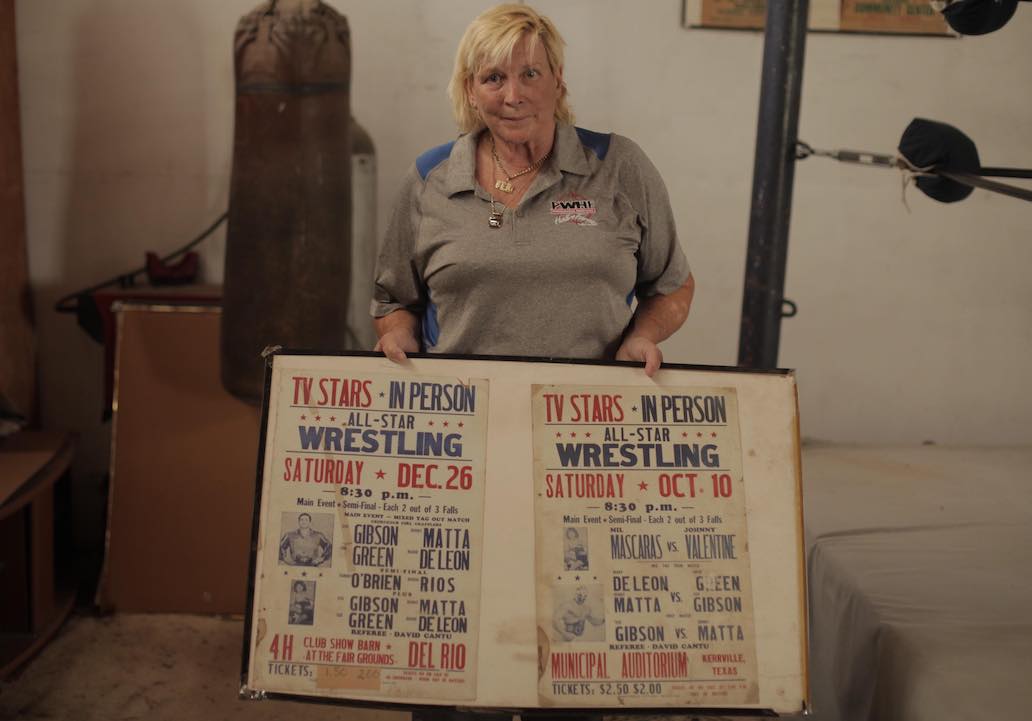Some of Ry Levey’s earliest memories are of watching Stampede Wrestling on ITV (now Global TV Edmonton), in part because of his terrible parents. “My introduction to wrestling was because my parents were — to be completely honest, and pardon my language — fucking irresponsible,” Levey laughs. “My dad was a musician in the ’80s, so every Saturday they just kind of took off and did jam sessions at Blues on Whyte or wherever, and I would be left alone in front of the TV, flipping through the channels. One day, I found a match between ‘Champagne’ Gerry Morrow and Rick Patterson — and of course the Hart family was everywhere — and that was that.”
Like most young boys, Levey was drawn to simulated combat and over-the-top, superhero-like aggression, but he also loved the pomp and pageantry, even if he didn’t fully understand why. “Rip Rogers for me was the first kind of queer wrestling representation that I would have even seen. Because he came out in pink, with pigtails, and he was a villain for being effeminate. And I can look back now and seen why I was drawn to that villain, even though I was so uncomfortable with that villain, because I was constantly being called names like faggot, and being told by people I was gay. I was too young to process it, but I knew at the time that the people who were saying it didn’t mean it as a compliment.”
Levey looks back at his childhood love, and the existence and journey of LGBTQ+ people in the world of wrestling, in his feature documentary Out in the Ring. It explores the hidden-with-a-wink history of queer and gender-fluid performers in professional wrestling, which presented effeminate male wrestlers as villains because they were effeminate to create discomfort and confusion. “I wanted to explore what the real hidden history of queer representation in pro wrestling was.”
Levey found a hidden history that goes back to the 1940s, and uncovered the lives of pro-wrestling personalities like Jim Barnett, a promoter who was out the entire time of his career — amongst colleagues. “At the same time, you had Pat Patterson and Susan Green, who were hiding in plain sight — people in the industry were aware that they were gay, but it was never openly discussed or part of their presentation.”
